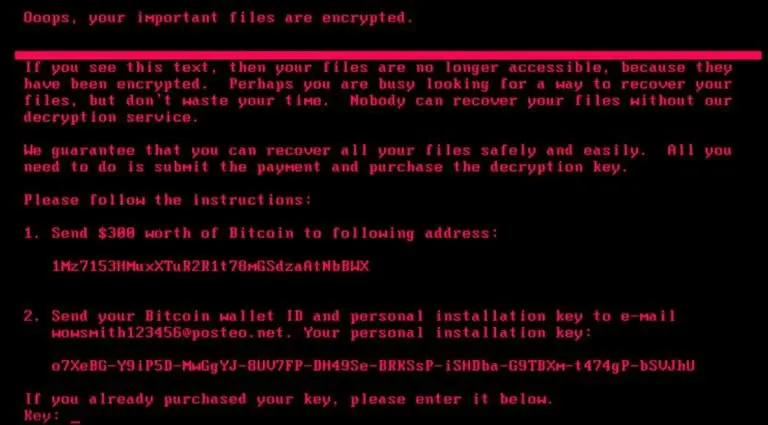Vulnerability Scan Vs Penetration Test: What’s The Difference
Many people seem confused when it comes to understanding the difference between a vulnerability scan and a penetration test. This article will examine the differences between the two and help guide you with decision points in making the right choice for your needs.
Vulnerability Scan
A vulnerability scan is conducted using an automated tool that is purpose built to identify potential security gaps on a remote system. This ‘vulnerability scanner’ sends targeted traffic to ports and services on systems and analyzes the responses in an attempt to identify the presence of a vulnerability. At the completion of the scan, a report is generated. The engineer that initiated the scan designates what type of report to generate depending on the specific requirements with regards to verbosity, margin of error, intended purpose, or other business drivers. Some reports are hundreds of pages detailing each individual “finding” while others are as simple as a two page summary.Because a vulnerability scanner has a limited means with which to validate the presence of a vulnerability, the accuracy of the output may be suspect. Depending upon the scanner configuration and the target system, a report may contain a myiad of false positives or fail to identify legitimate vulnerabilities. The end result is that a security engineer has a laundry list of possible flags to chase down and attempt to verify the validity of the issues as well as develop a solution.
Penetration Test
A penetration test is a real-world exercise at infiltrating your network systems. To such ends, a security engineer will utilize many tools (including in some cases a vulnerability scan). Wheras vulnerability scanning is a largely automated process, penetration testing involves manual and targeted testing using specific toolsets and custom scripts. Using a combination of techniques and technical knowledge, the penetration tester focuses their efforts on areas of exposure that likely constitute a legitimate risk to an organization’s security.Having identified likely insertion points, the penetration tester will actively attack gaps in the network’s security posture. The execution of a practical attack using the same methodologies that an actual attacker would employ is the most effective way by which to ascertain the real world exposure of a given system or network.As the engineer begins to infiltrate the system he or she will take detailed notes and screen shots documenting the process. The goal is to articulate to the customer the nature of the exposure, and how its presence helped to facilitate a compromise.A seasoned penetration tester will provide a detailed report outlining the various vulnerabilities as well as the severity of each finding within the context of the business, something that a vulnerability scanner cannot provide. The result is an actionable report that provides validation of exposures and targeted guidance on remediation measures.
Which is Best?
A true penetration test by a qualified engineer is most often the best overall value for a business. Not only does the stakeholder gain an understanding of the workflow of a real-world attack they also get specific guidance from the perspective of an attacker on what measures would be most effective in thwarting validated attacks. This is articulated in the context of the business drivers of the organization. The end result is that the security organization can focus their efforts where they are most effective and prioritize remediation tasks based on real-world data.A penetration test is more expensive because of the thoroughness of the assessment and the greater value of the outputs. A vulnerability scan is a good starting point and may achieve the bare minimum of satisfying compliance mandates. An organization that understands the difference between compliance and security, however, will endeavor to move beyond automated outputs and seek to understand the practical nature of their security posture.
Are All Penetration Tests The Same?
The short answer is no. When you are shopping for a penetration test there are several things you should consider:
- Get a sample report – some companies are much more informative in their documentation and a sample report will reflect what you should expect to receive.
- History – ask about the team and their experience working with organizations of a similar caliber.
- Diversification – find out the background of the team members; the technical expertise brought to bear during the test should be appropriate to the technologies that your organization utilizes.
- Duration of test – based on your specific situation ask how long the assessment should take to perform. This may be governed in part by the scope of assessment or other logistical factors.
- Their level of specialization – do they only offer penetration testing or do they also provide other products and services.
Each of these questions will give you insight to the quality of assessment you’ll receive. Especially in security, the relationship between cost and value is subject to variation. Determine if the team is going to spend adequate time on your assessment and if their security engineers have the expertise for your specific situation. Compare reports and insure the report will satisfy your ability to properly remediate the findings. And finally, don’t be afraid to ask to speak to a security engineer and dive deep in questioning their methodologies and experience with the type of testing you need. A competent penetration testing provider will not shy away from such discussions and will welcome the opportunity to add value to your security program.






